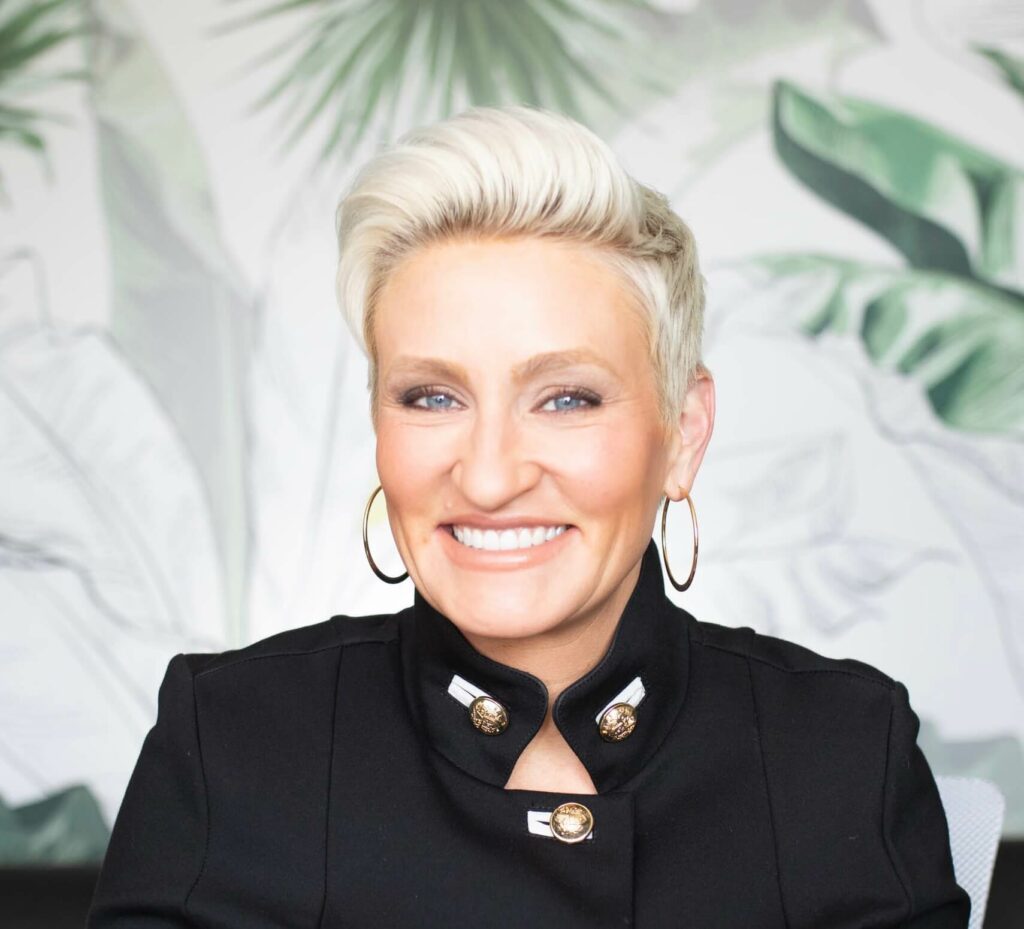Did you know that Best Buy is investing millions of dollars into teen tech centers designed to light a spark in the imaginations of tomorrow’s leaders? It’s an incredibly ambitious, inspiring and forward-thinking program. I asked Andrea Wood, head of social impact for the company, to tell us more about the program and she kindly obliged.
Q: What led Best Buy to create Best Buy Teen Centers?
As a technology products and services company, Best Buy has a deep understanding of how crucial tech skills are for young people preparing to enter the job market. We believe we have a responsibility to marshal our expertise, thousands of employees, local community connections and vast population of tech partners to come together and build a brighter future for our young people.
Q: Can you describe the need in underserved communities for the type of resource that Best Buy Teen Tech Centers provides.
The U.S. is facing a rapidly rising shortage of people qualified for tech-dependent jobs, a shortage we face at Best Buy along with other companies. By 2020, 1.4 million jobs — 77 percent of all jobs in the country — will require tech skills, yet only 400,000 people will be trained for them. With job readiness resources declining, young people from under-served communities are at risk because they lack the tech, training and mentoring support to help them prep for careers. Nearly 24 million young people in the U.S. don’t have access to high speed Internet at home and more than 20 percent of households don’t have a computer. Those are the gaps we’re trying to fill.
Q: How do you choose the locations of your centers?
We have two main criteria for Teen Tech Center locations: urban markets, because of the higher concentration of teens in need, and local Best Buy employees to provide technical support and serve as volunteers and mentors. We choose host non-profits that are accessible to teens and have a proven track record in working with them.
Q: How many are there today? And are you on track to reaching your projected 60 locations across North America by 2020?
With 29 Teen Tech Centers open today we’re nearly halfway toward our goal of 60 in the U.S., Canada and Mexico by the end of 2020. Last year, we accelerated the effort with an additional $20 million in Best Buy funding.
Q: What kind of success stories have you seen with the centers?
There are so many. Let me start close to home. Here in Minneapolis, we have a teen who launched her own cosmetics business using the resources at our Teen Tech Center at the Hennepin County Library. In Washington, D.C., one of our teens earned a first-ever photo internship with the Department of Energy. In Seattle, two of our young people produce a podcast to encourage political engagement. And in Oakland, a student and now Teen Tech Center mentor works at our local Best Buy store, inspiring his general manager Chris Cooley to observe, “He’s opened my eyes to different perspectives of Oakland that I would have never known.” You can find these and more stories at www.bestbuy.com/teentechcenter.
Q: I believe so strongly in how for-profit businesses can Do Well By Doing Good. What positive impact has this initiative had on Best Buy, from employee morale to recruiting to brand awareness and anything in between?
Our employees, partners and customers care a lot about this issue and they expect us to be part of the solution. Many of our employees are passionate about the Teen Tech Center program, which has a positive impact on recruitment and retention. We’re fortunate to have a community of nearly 50 partners, including more than 30 vendors, who are helping bring the Teen Tech Centers to life through financial support, technology donations and internship opportunities. And our customers clearly endorse our engagement on relevant social issues like this because helping our nation’s youth matters a lot to them, too.
Q: How many teens do you hope to reach with this effort?
Each Teen Tech Center serves about 250 to 300 teens a year. In 2018, 21 Teen Tech Centers served approximately 6,000 students. When we reach 60 centers next year, we will be serving nearly 20,000 teens annually. Through our Best Buy Career Pathways program, 2,000 young people a year will receive post-high school career readiness support, including scholarship and internship opportunities, along with career mentorship. That program will be available at all 60 Teen Tech Centers by 2020.
Q: What are your plans for beyond 2020?
We’ll focus even more intently on guiding teens toward post-secondary education opportunities and rewarding careers by rolling out a post-secondary scholarship program and integrating additional post-secondary support into all centers. We’re also developing an internship program and best practices guide for our vendor partners so that they can include Teen Tech Center students in internships and ultimately careers at their companies.
Q: What has surprised you about how young people have used the centers?
Every day brings wonderful surprises. When we created this program in 2012, we focused primarily on access to the technology itself. We learned almost immediately that our Teen Tech Centers mean so much more than that to the young people in our communities. They’re safe places to connect with positive adult role models, career mentors and friends. There’s a special power in the humanity and community of the Teen Tech Centers. We now understand that to be one of their most significant and lasting benefits.
Q: Any other surprises?
We’re constantly amazed and inspired by the collaboration we enjoy with our partners: foundations, non-profits and vendors. It’s remarkable how our collective interest in helping young people rises way above competitive interests. We’re honored to bring these varied and powerful forces together to change the lives of our young people in ways that none of us could achieve on our own.


